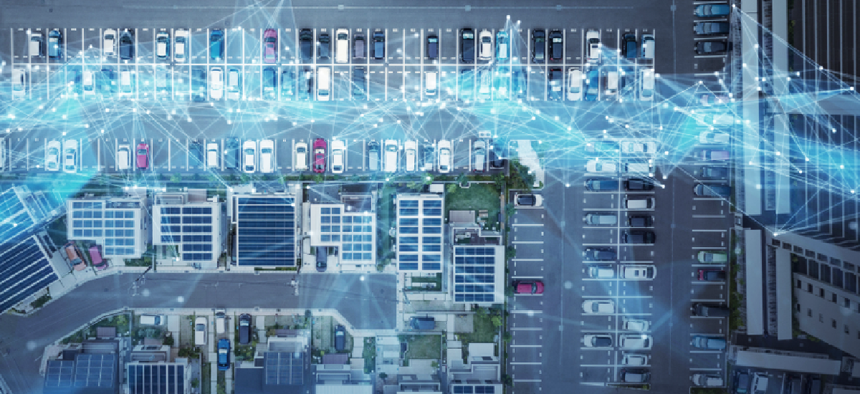Turning data into insights to improve public safety

Cloud services can help municipalities turn mountains of interdepartmental data into actionable insights at a price they can afford.
Municipalities are investing in technology to help them better protect their residents, infrastructure and reputations. There’s been tremendous growth in the number of drones, audio-recording devices and cameras used by law enforcement, transportation, utilities and other departments over the last several years. Projections confirm that the trend in U.S. body-worn cameras will increase at a compound annual growth rate of 38% until 2025, and CCTV cameras are expected to grow at 9% annually through 2025. Smart home surveillance camera sales will more than double between 2018 and 2023, and there will be more than 270 million smartphones in the U.S. by 2022, all capable of snapping photos and filming events. Additionally, the internet of things has helped municipalities tap into even more data streams that can help reduce crime and protect the public.
What does all this growth mean for public safety? Data. Municipalities will have access to an enormous amount of data that – if it can be harnessed – will have great potential to improve public safety.
From data to intelligence
Having so much data, however, can be both a blessing and a curse.
Unfortunately, the sheer volume and diversity of data can be overwhelming, making it hard to extract insights, especially in time-critical situations, such as when a dispatcher gets a 911 call and needs to alert first responders. In those vital seconds, real-time embedded analytics can mine for relevant information to help dispatchers better understand the situation. Additionally, new technologies like artificial intelligence and machine learning are enhancing these capabilities. AI can support human dispatchers by sifting and interpreting large amounts of diverse data to find and flag hidden insights that help them act quicker and more effectively. Having access to real-time information, with the ability to positively respond based on that intelligence, will help save lives.
The intelligence derived from AI-enabled situational awareness isn’t only valuable for public safety. It can also be leveraged across multiple agencies, including the mayor’s office, transportation department and other public services. By working together, these departments can unlock the data and insights they need to make operations more efficient and resilient.
The key is to enable diverse organizations to securely share relevant information and collaborate on real-time events. This ability would allow them to proactively reduce risks while managing and optimizing resources on day-to-day incidents as well as during a major event. For example, if the transportation department uses its own camera data showing how many cars or pedestrians pass through an intersection, along with police accident reports, it can determine whether a stop sign, traffic light or enforcement measures would be most effective in reducing accidents and can better allocate budgets. By sharing some of its data with organizations like the American Red Cross, a city can also be more responsive in providing aid during natural disasters.
Journey into the cloud
For small-to-mid-size municipalities, access to sophisticated analytics might seem like a dream. However, today’s cloud functionality offers more flexibility and budget-sensitive pricing, including software-as-a-service options. Also, for mission-critical applications like a 911 call center, the cloud provides the additional advantages of high availability, security and business continuity. With the introduction of 5G technology, the cloud will be even more valuable to those that work in the field by providing access anywhere.
Most municipalities have on-premise systems that have served them well, but they don’t have access to the real-time analytics that can take their mission to the next level. The cloud can offer a pragmatic route to acquiring such capabilities, allowing agencies to move over time toward a more robust solution that fits their budget and timetable. They can also run analytics applications in the cloud and access these tools with their on-premise equipment. Moving to the cloud also gives smaller towns a more robust infrastructure that rivals the largest cities and the ability to better focus on their core mission. Municipalities should look for solutions that offer both on-premise and cloud options to make their modernization journey more seamless.
As Peter Drucker, the famous business author and consultant, once said: “Knowledge has to be improved, challenged and increased constantly, or it vanishes.” As cities look to the future, they must seek out opportunities to improve their knowledge by leveraging technology that unlocks the extensive data now at their fingertips. Through collaboration, cities can leverage insights that help save lives, make more effective use of resources and enable greater resilience.





